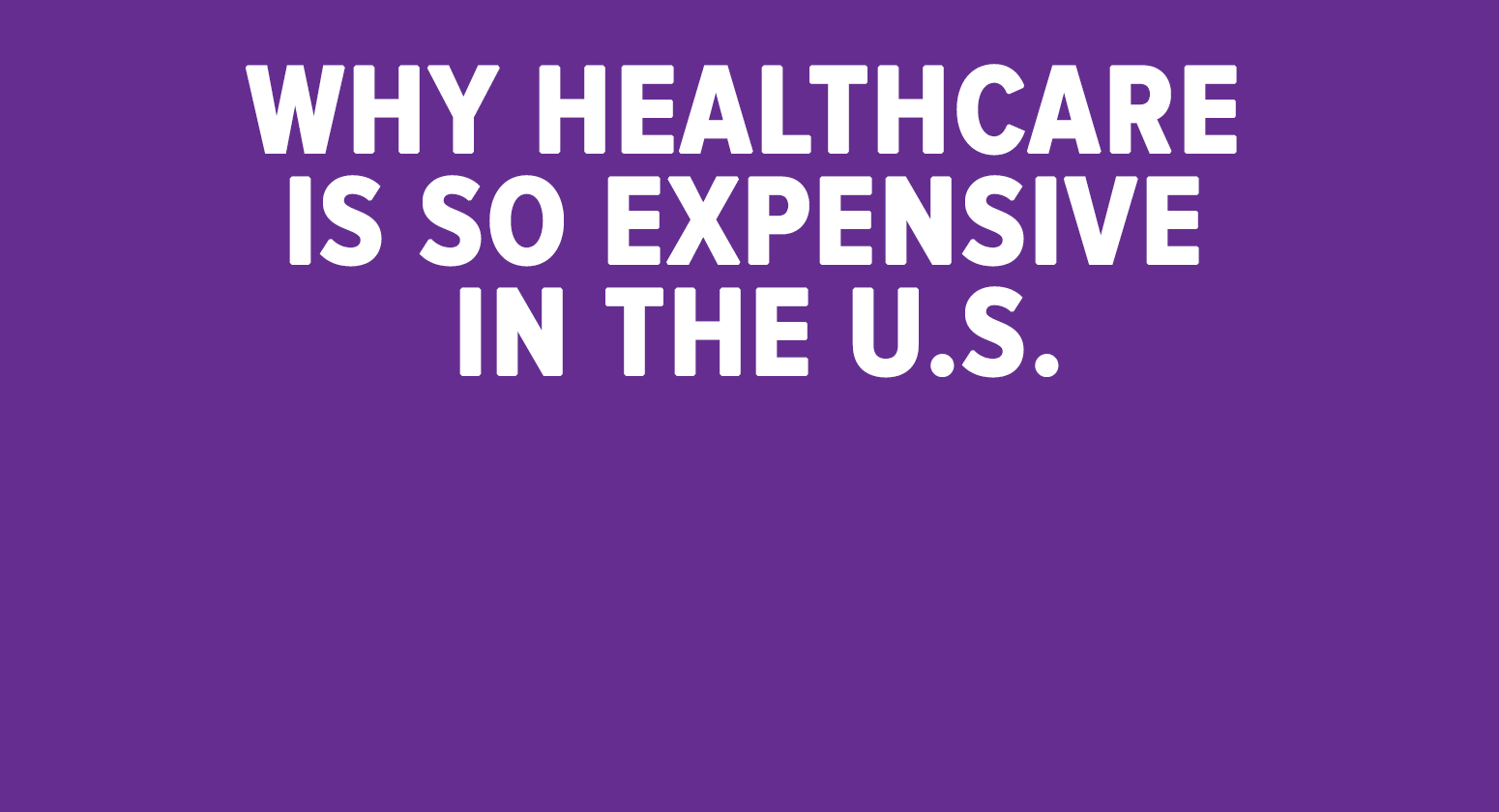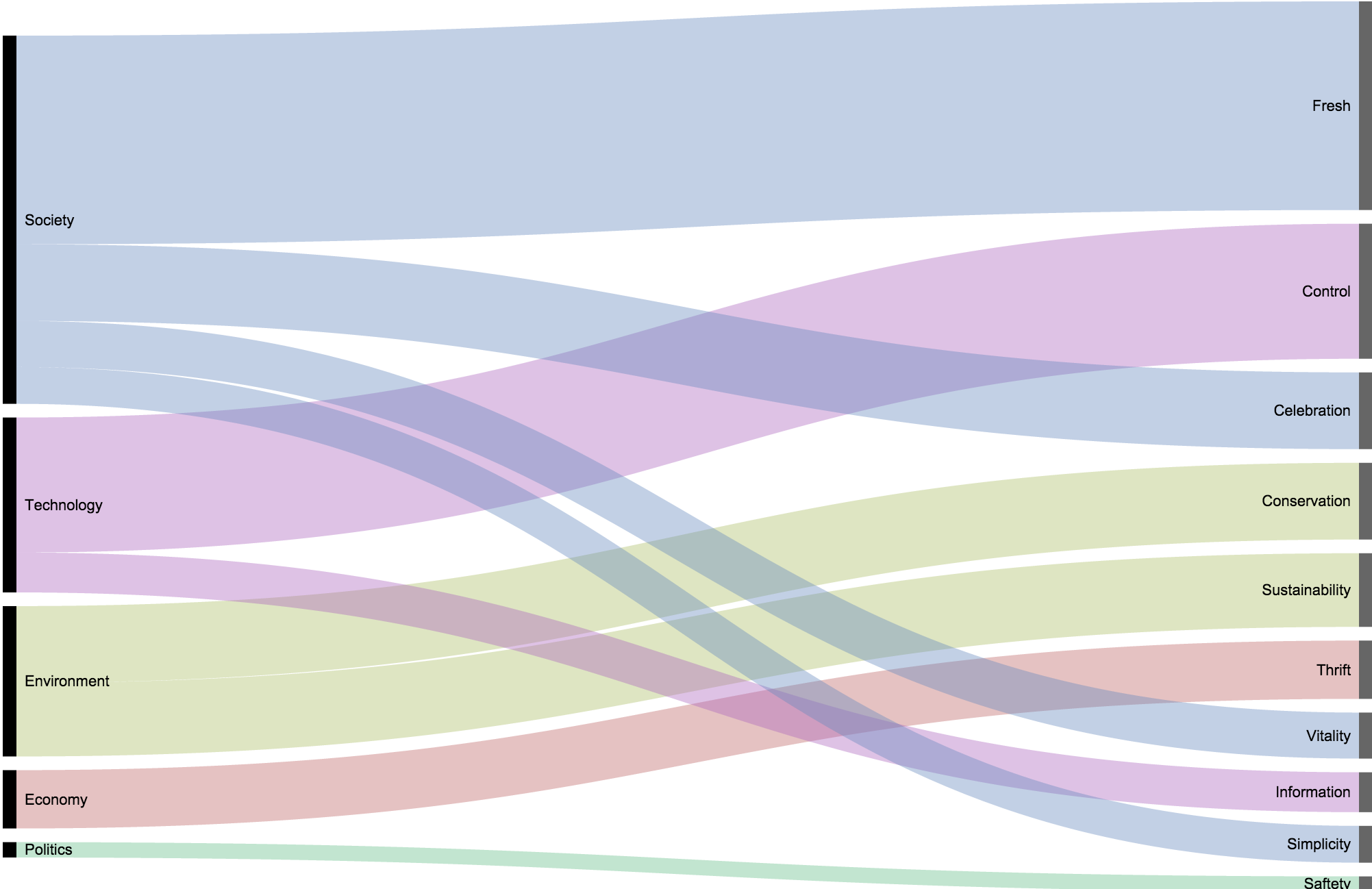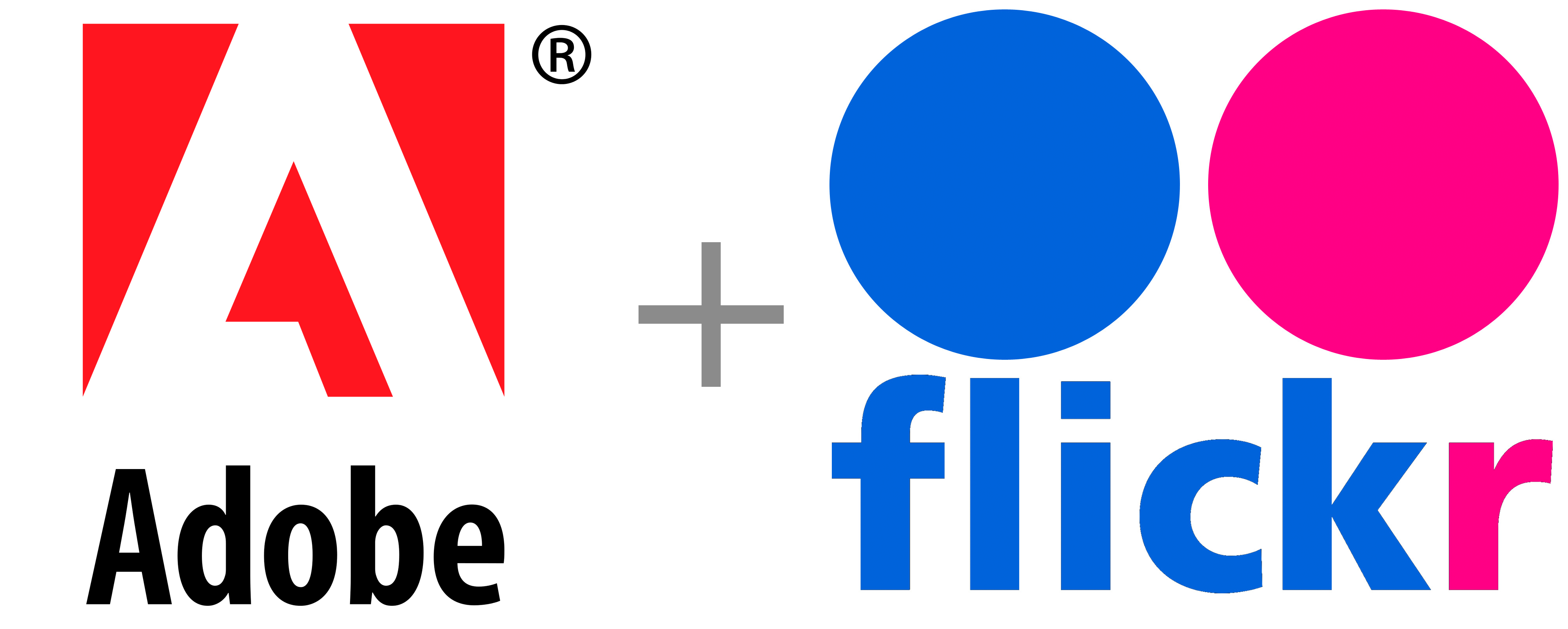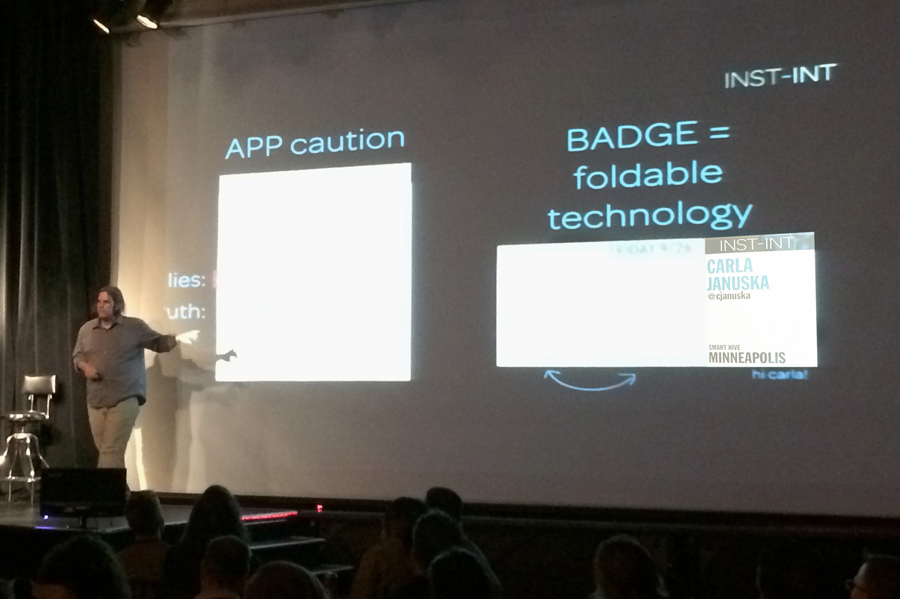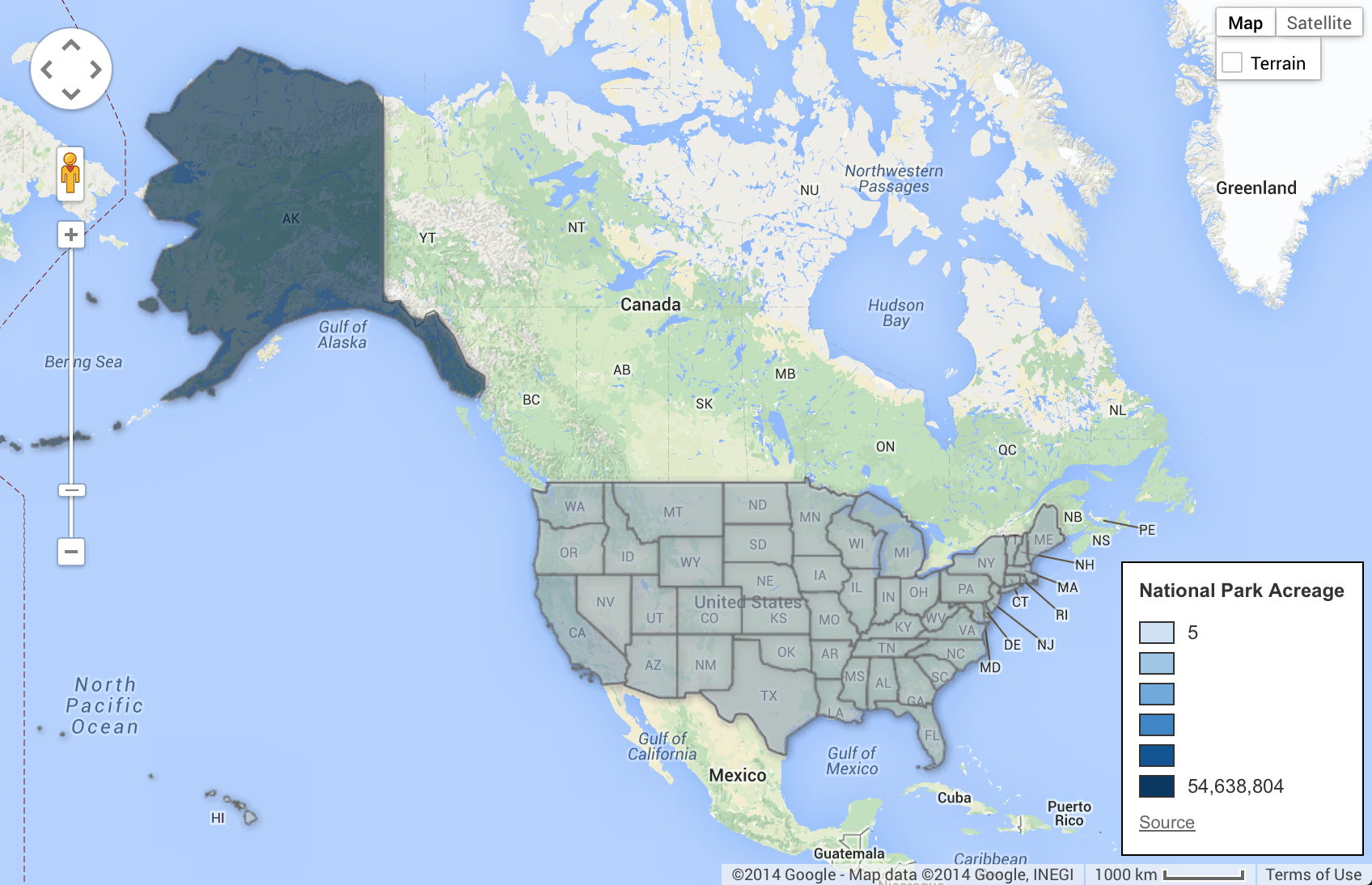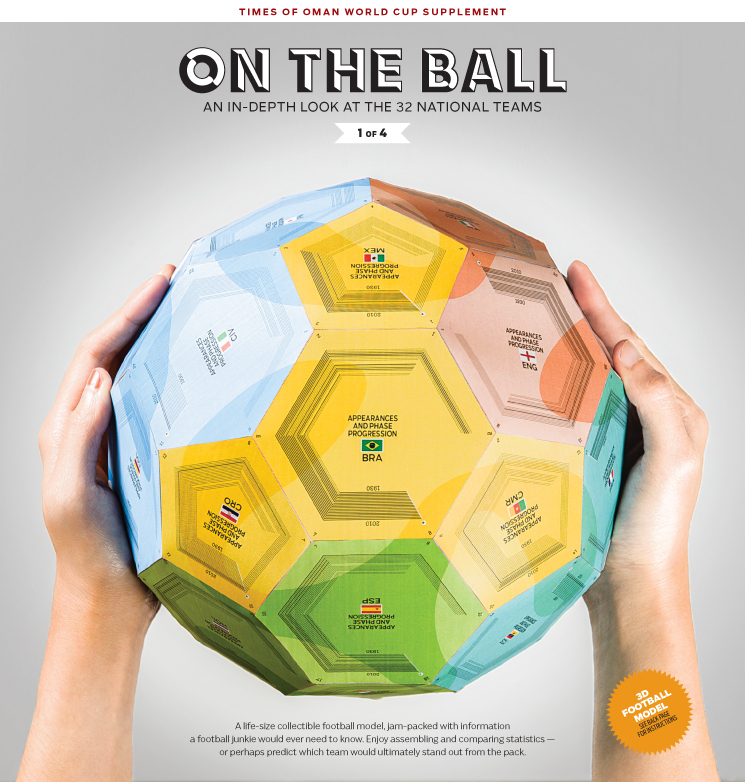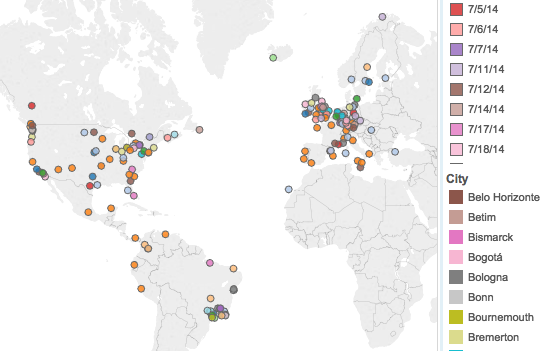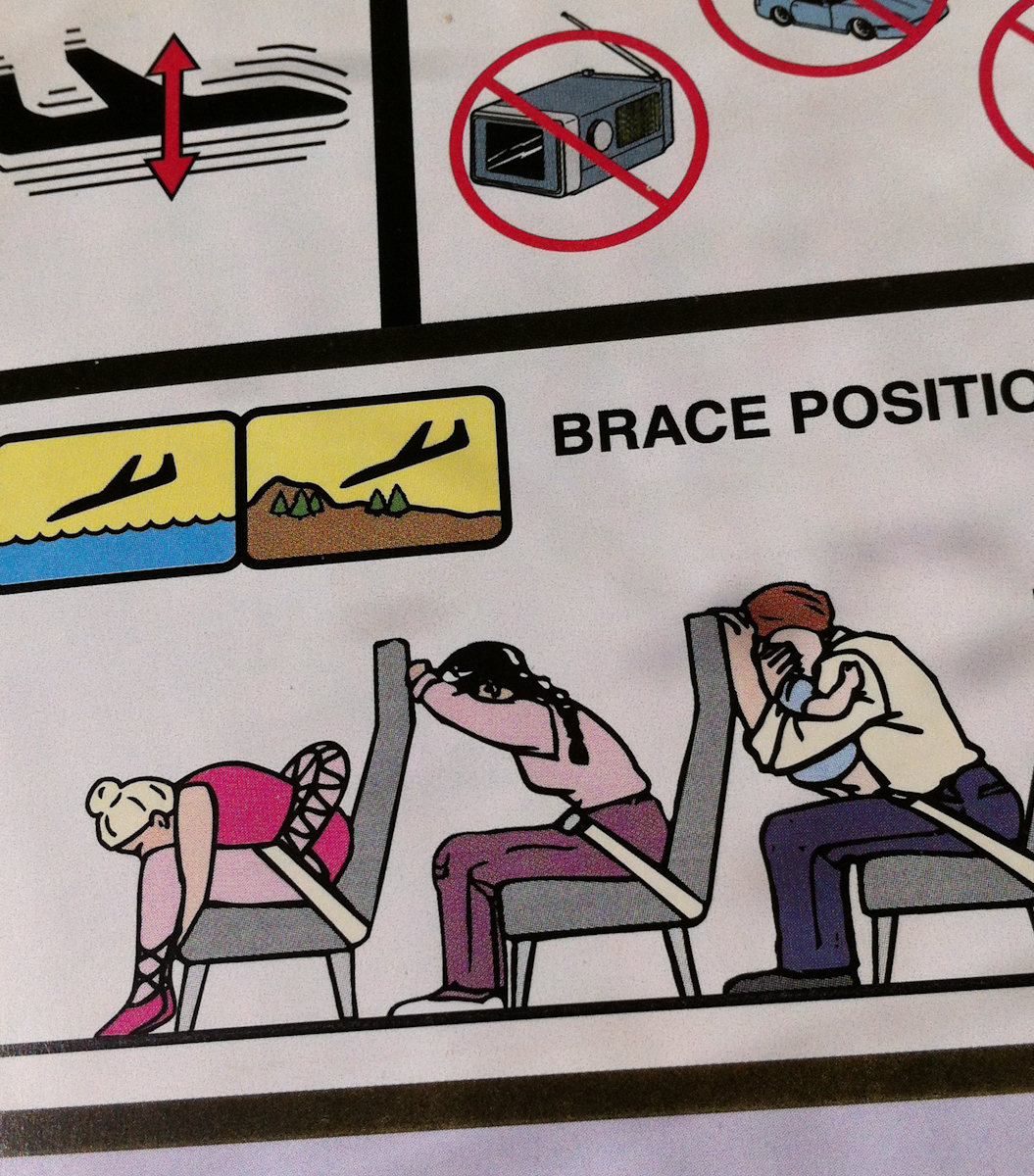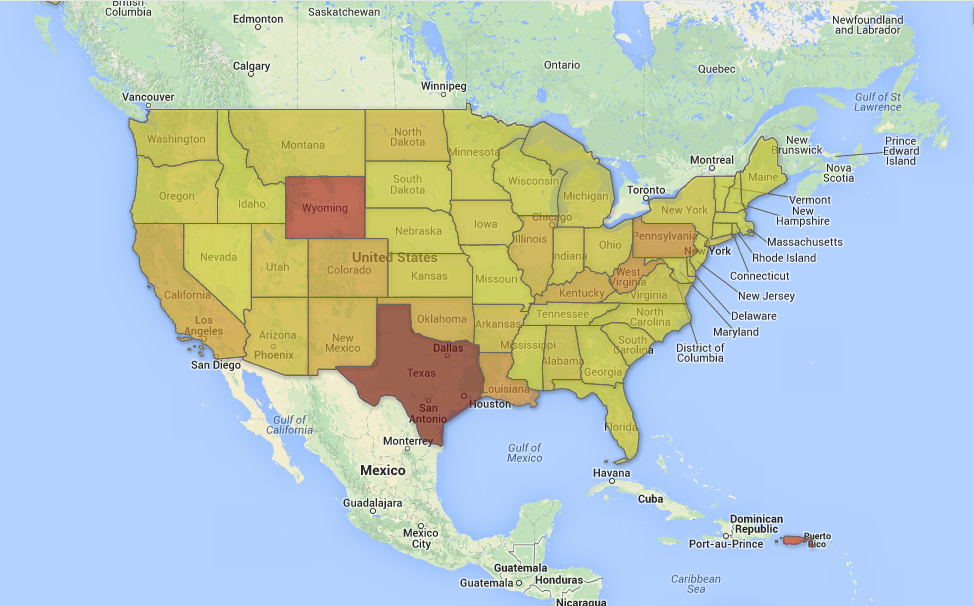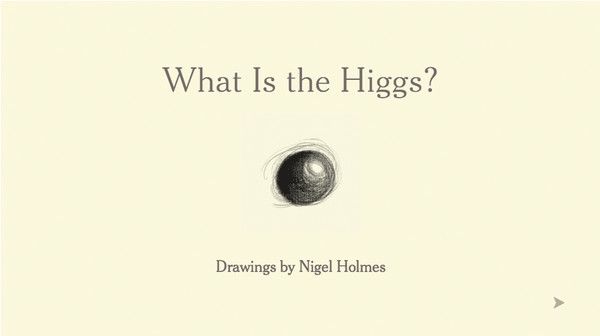It is so heartening to consider the growth of civil rights for gay, lesbian, bisexual and transgendered people. Slow as it may seem and certainly we’ve faced setbacks, progress has been made.
Pride festivals, annual gatherings of all kinds of people to celebrate the diversity, creativity and wonderfulness of the GLBT + friends community, are both promoters and barometers of our progress. Since it is pride weekend here in Minneapolis I thought it would be fun to try to map out pride festivals this year.
I found a good data set at GayScout.com and pulled it into Tableau. I wanted to let you see both the global spread of festivals as well as see that festivals aren’t only in the month of June. (Traditionally in the U.S. pride happens in June in remembrance of the Stonewall arrests in New York City.)
I’ll be looking at trying to augment my data set in the future with more specific information about pride festivals and hopefully create a richer experience—one that better shows the richness of our community.
